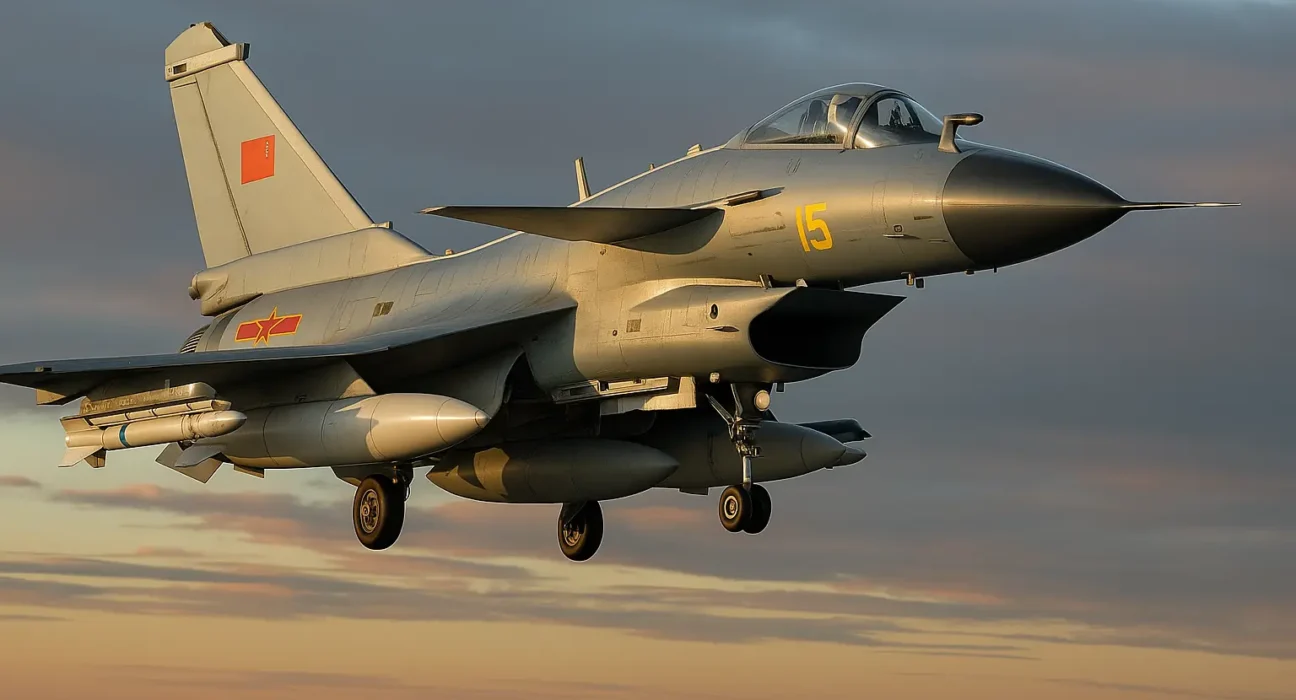China Showcases J-10C Jet After Pakistan Reportedly Downs Indian Aircraft

A leading Chinese documentary has spotlighted the J-10C fighter jet, after Pakistan used it in a reported successful fight against India recently. This film was produced after claims appeared that Chinese-made J-10C jets from the PAF were used to damage Indian Rafale jets in the conflict on May 7, 2025.
Even though the event hasn’t been confirmed by anyone outside the US military, it has sparked major media discussions in China, Pakistan and the region.
A Show of Power: China’s Documentary Release
The CCTV state broadcaster revealed the documentary, calling the J-10C a major advancement in Chinese air technology. The film reveals impressive technical aspects of the jet, tried-out battle drills and—most importantly—the part it reportedly played in the Pakistan-India clash.
Official reports from Chinese analysts say this event demonstrated how the J-10C operates effectively in actual combat, rather than simulated tests.
The Alleged Aerial Engagement: What Happened on May 7?
Sources on several defense websites and from the Chinese government say that there were scramblings of J-10C fighter jets by Pakistan on May 7, 2025, after Indian aircraft passed close by the Line of Control (LoC).
According to the published accounts:
According to the report, three of India’s Rafale aircraft were allegedly brought down by Pakistani jets.
Additional reports indicate that many other aircraft were either damaged or had to drop out of the mission.
The jet avoided the threat by using PL-15s and AESA radar-guided systems.
No confirmation or denial about the incident has come from India. Pakistan continues to give general updates, but Chinese state media has focused on describing the usefulness of Chinese aircraft in the conflict through their ally.
The Rise of the J-10C: A Technological Leap
The J-10C is a sophisticated multirole fourth-and-a-half-generation fighter jet, a progression from the first J-10s. Chengdu Aircraft Industry Group was responsible for creating the J-10C which is equipped with the following features:
• AESA which is also called an Active Electronically Scanned Array
• The China military uses PL-15 missiles.
• Supermaneuverability
• Systems for Electronic Warfare
Systems that help protect a flight by using integrated and updated defense mechanisms.
In brief, the J-10C combines high speed, excellent agility and effective weaponry to face threats in any kind of operation.
The Export Variant: J-10CE and Pakistan’s Growing Air Power
The first country to obtain the J-10C was Pakistan, getting the export version, the J-10CE. Since 2022, Pakistan has received its first J-10C jets, helping to make up for the aging F-7 and Mirage III/V planes.
Thanks to this Gaung
All-weather and beyond what can be seen with the eye
• Survivable and can remain unseen
• A serious solution for India’s Rafale fleet
Through this military cooperation, Pakistan is becoming a testbed for Chinese equipment to be used in real operations.
A Strategic Shift in South Asian Air Dominance?
If the incident is confirmed, it would change how South Asian nations manage their air forces. Since it was bought by India in 2020, the Rafale, a 4.5-generation French fighter, has been seen as a technological advantage. If it was proven that a Chinese fighter matched or defeated an American fighter in combat, the view on defense in the region would be altered.
A number of important points come from this:
An increased number of other countries showing interest in the J-10CE.
• It gave China’s export aircraft a stronger defense image.
India and Pakistan are once again competing in an arms race.
• There is greater global pressure affecting developments in the Asia-Pacific region.
Final Thoughts: Technology Meets Geopolitics
By reportedly using the J-10C in a battle, China can build its image as a leading global arms supplier and advanced technology country. If these jets succeed in battle, Pakistan’s defense position becomes stronger and its move to acquire Chinese military equipment is justified.
No matter if the news is proven or refuted, it reveals changing trends in regional air power, with more control coming from China’s growing military powers.









